Imagine stepping back into ancient times and seeing the Upper Egypt’s Temple of Edfu in all its splendid original colours! This recent archaeological triumph is the fruit of collaboration between the Supreme Council of Antiquities (SCA) and the University of Würzburg in Germany. Their diligent efforts have uncovered colours and inscriptions previously hidden from our gaze.
The project, which began in 2021, is part of a restoration initiative for the temple’s roof and is funded by the German Gerda Henkel Foundation. This temple, dedicated to the God Horus, is a marvel of ancient Egyptian architecture. However, thanks to these discoveries, researchers now have an even deeper, richer understanding of its past glory. The colours and inscriptions bring us just a bit closer to the people and the culture that built this magnificent structure centuries ago.
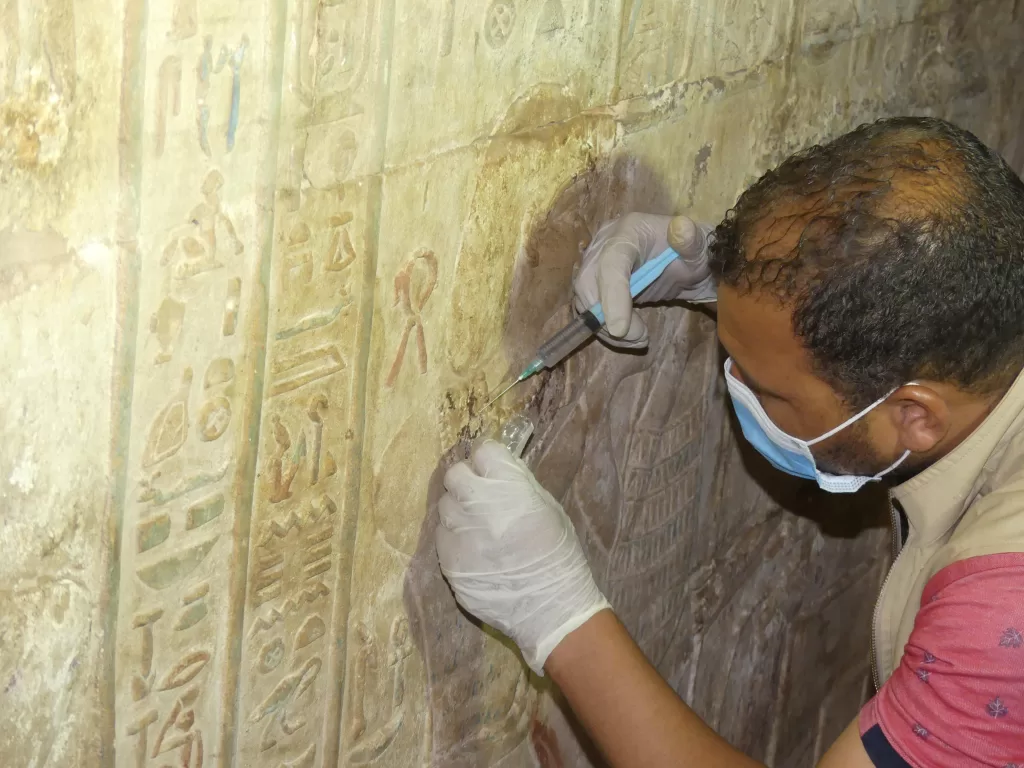
Minister of Tourism and Antiquities Sherif Fathi praised the efforts of Egyptian restorers for their role in safeguarding Egypt’s cultural heritage. He lauded their exceptional dedication and relentless efforts to uncover all the temple inscriptions and rejuvenate the vibrant colours that have graced these ancient structures for millennia.
“It is a remarkable endeavour to clear away the archaeological debris that had obscured it for many years, followed by precise treatments to restore its original colours,” he said.
The project focuses on restoring the temple walls, their inscriptions and scenes. It also aims at creating digital records in new versions that offer more precise translations and analyses compared to the versions released in the past century, according to the SCA head Mohamed Ismail Khaled.
“The project includes the restoration and cleaning of the temple’s cabins and interior walls, in addition to repairing colours, removing soot, and conducting thorough studies of the texts and landscapes on the walls of the Holy of Holies and adjacent rooms.”
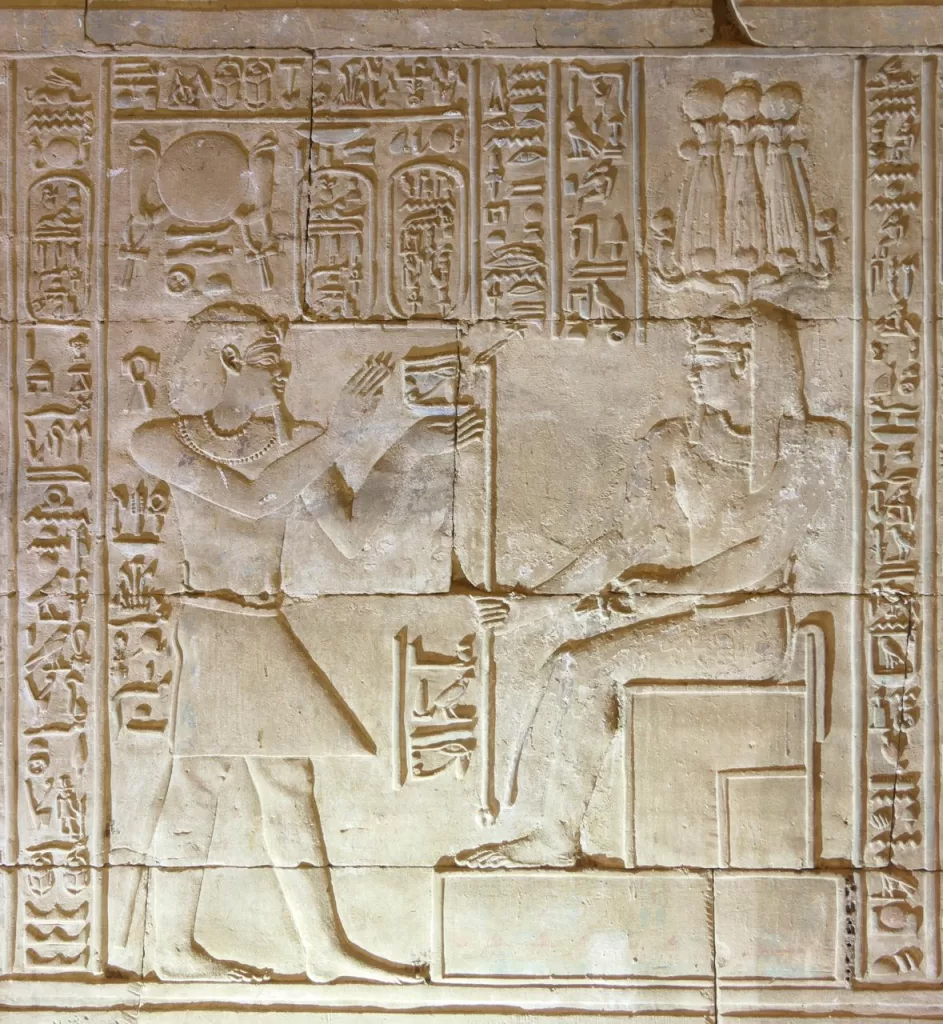
During the restoration of the temple’s sacred inner chamber, Khaled highlighted the uncovering of vibrant scenes and inscriptions in demotic script left by priests.
“The discovery also included traces of golden hues used to embellish the raised inscriptions of royal regalia and emblems, as well as the figures of deities,” Khaled said.
The team cleaned off surface dirt, bird droppings, dust, soot, and salt deposits to reveal the original colours of the prominent inscriptions. They are examining, analysing, and restoring these colours to bring back the temple’s appearance to how it looked when it was first constructed.
Martin A. Stadler, who leads the project and chairs the Department of Egyptology at Julius Maximilian University in Würzburg, said that the vibrant colours of the temple showcase the advancements in Egyptian art.
“The demotic text, drawn in ink, was completely obscured beneath layers of sediment. This inscription uniquely discusses the priests’ passage into the Holy of Holies – an unusual location for such personal writings, which are typically found on the temple’s exterior or at entrances, rather than within the main cabin or the Holy of Holies itself.
“These newly uncovered texts will provide fresh insights into the religious rituals practiced by priests of that era.”
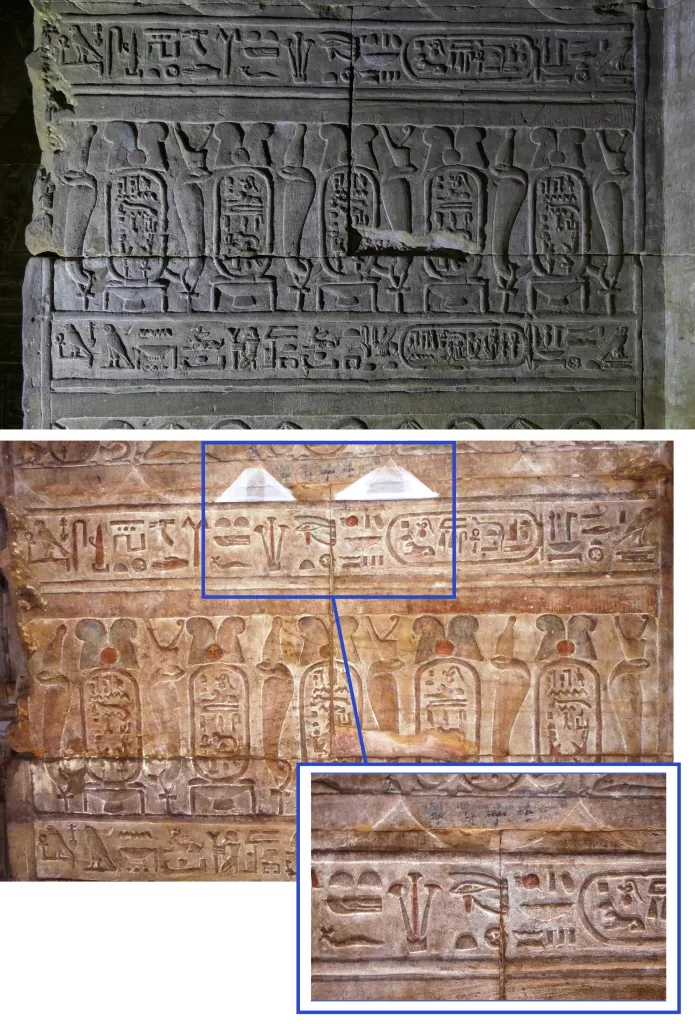



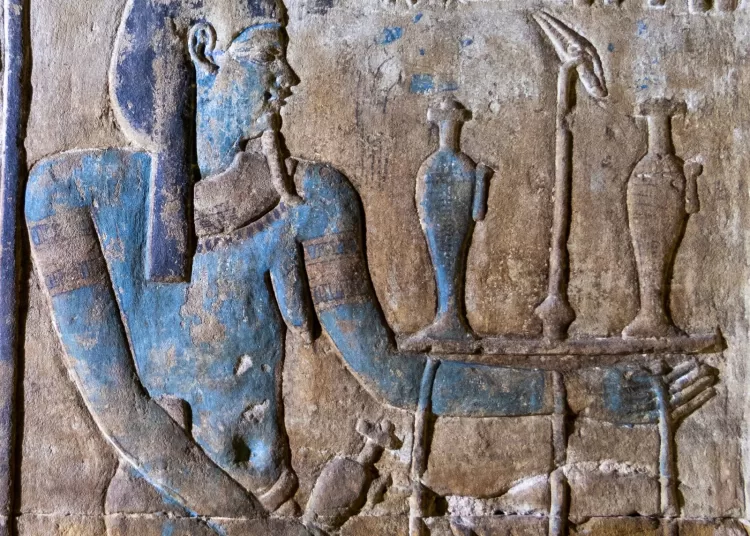
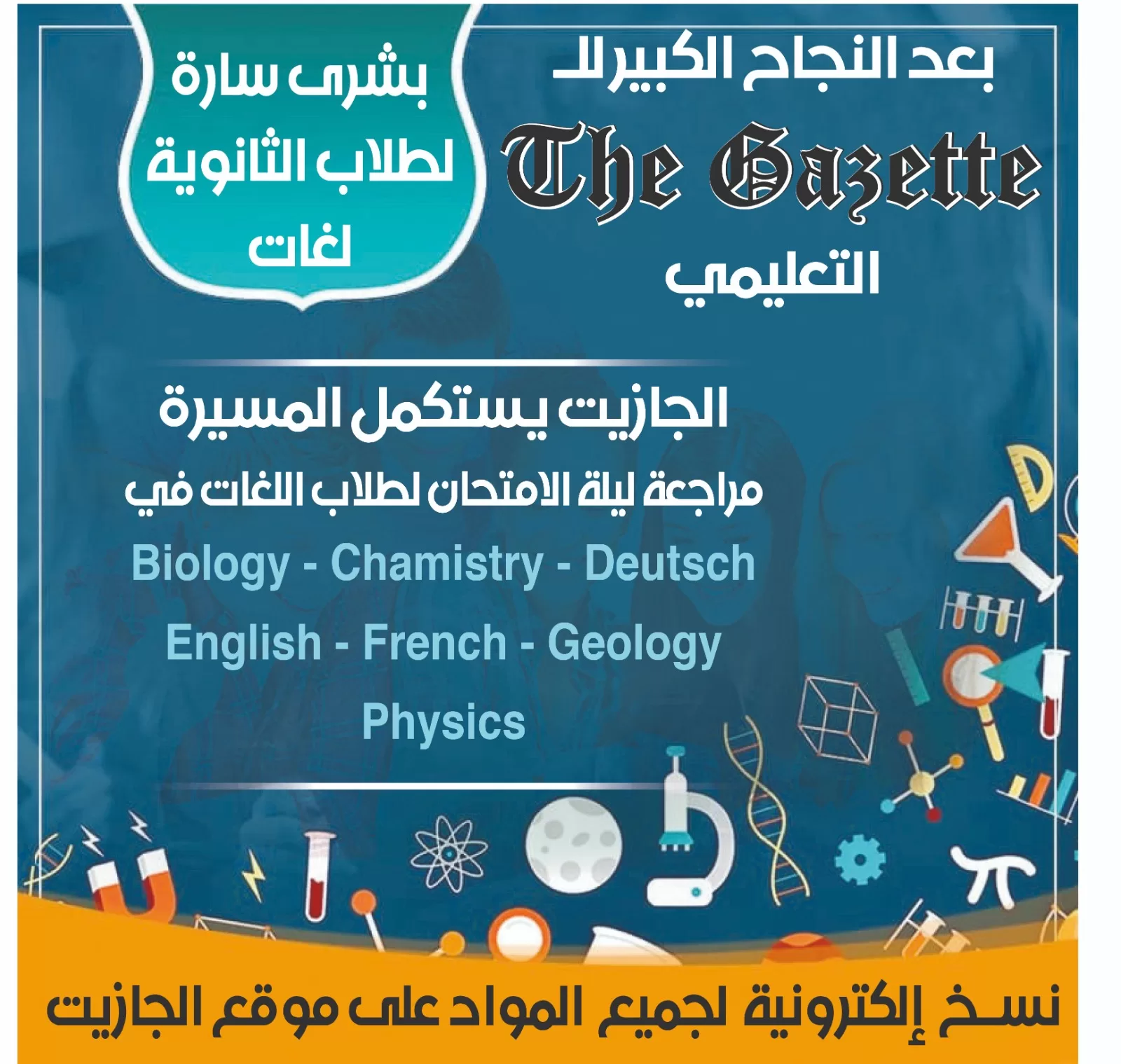

Discussion about this post